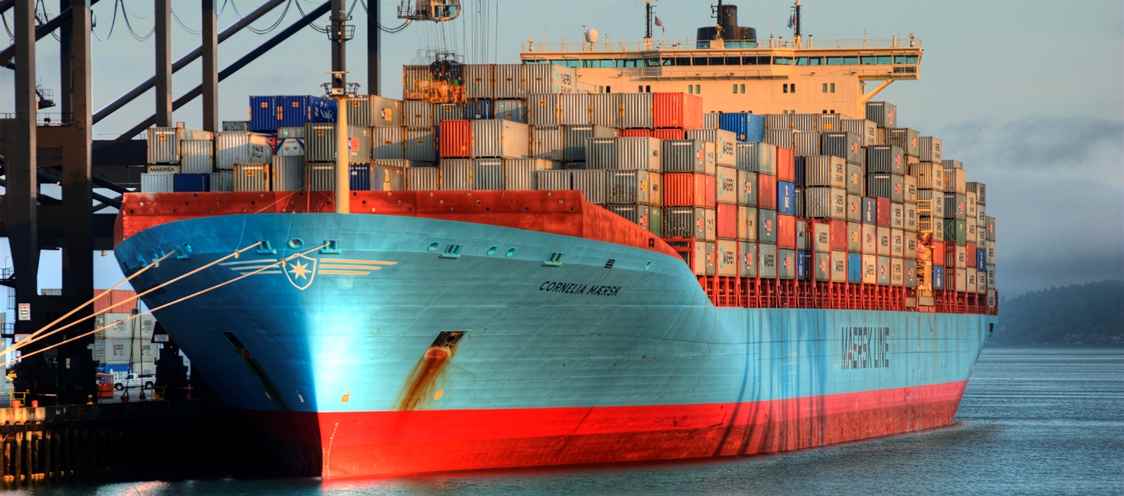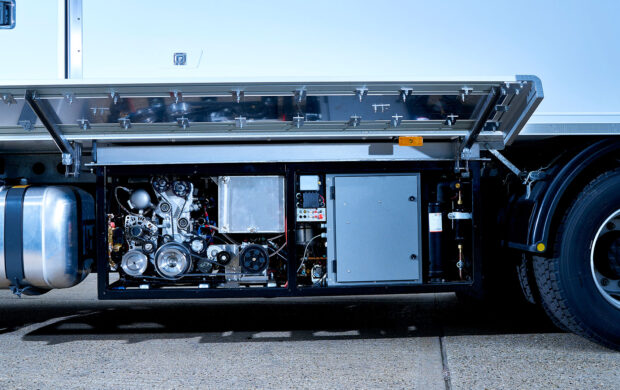According to a report from the OECD’s International Transport Forum, efficiency gains from larger ships have been steadily declining – and further increases in maximum container ship size could increase the overall cost of transporting goods.

Containerisation was a key enabler of the expansion of world trade and economic globalisation in the 20th century. Subsequent increases in the size and capacity of container ships drove down transportation costs yet further, while high oil prices placed emphasis on fuel efficiencies.
However, with the latest ‘mega-ships’, economies of scale may have reached their peak. Bigger ships deliver economies of scale at sea, but they also involve greater costs associated with cargo handling, additional investment in ports (dredging channels, strengthening quays, larger cranes), and greater concentration of risk – with implications for insurance.
The OECD report looked into the impacts of ships with a capacity in excess of 18,000 twenty-foot equivalent units (TEUs) and found cost savings from bigger container ships are decreasing. Increasing ship size from 8’500 to 15’000 TEU saved approximately $80 per container, while increasing from 15’000 to 19’000 saves $40. Of these savings, over half is attributable to the optimised engines, rather than capacity, of the latest mega-ships.
The report suggests ‘cascading effects’ of mega-ship adoption could in fact result in dis-economies: mega-ships deployed on shorter routes – such as the Transatlantic trade line, which is one-third the distance of the Far East North Europe trade line, would require reducing time in port by a third in order to realise projected savings – which may be unrealistic. It suggests these dis-economies may significantly erode the benefits of up-sizing.
The latest generation of mega-ships may compound what has been an overcapacity problem for the shipping industry since 2007-8. Supply of container capacity currently exceeds demand by 20%, a situation that some analysts predict will persist until 2019 creating profitability problems for the industry.










